|
I once found myself being interviewed by Chilean TV News as the Villarica volcano threatened to blow its load all over the town and the stupid gringo tourists, like myself, threatening to climb it as it did so. Villarica was on the front page of the newspaper that day due to sudden eruptions threatening to ruin my adventure, along with the popular holiday town of Pucon. The town looks like an Austrian ski village, full of red wooden cabins and the smell of fireplace. It serves as a popular Chilean lake resort in cabin country, but the gringos flock in their droves to see lava spew in the air, and discuss this experience in detail at the popular bars that line Bernado O’Higgins Street. “The Chileans come for the lake, the gringos for the volcano, and neither seem to want the other,” says William, one of the tour operators. That’s because Chileans have smarts, which gringos don’t, which is why at 8am the following morning, I was on my way to climb a volcano in the midst of a seismic orgasm. As we approached this frosted, upside-down ice-cream cone of potential death, the clouds burned off to reveal a perfect, sunny day. Sol y Nieve, the tour operator, provided boots, backpacks, razor sharp crampons, an ice pick, waterproof gear and a helmet, to stop the lava burning your hair when it runs over your body. We suited up, and mercifully caught a ski lift up the first couple hundred meters, revealing a magical view of mountains, the huge lake near Pucon, granite rivers where lava once flowed, and another volcano cone in this distance. The hike began in ashen granite rock, heading up towards the icing sugar snowline. Crampons turned my puss-in-boots into big cat monsters, with sharp teeth ready to tear apart any squirrel unfortunate to venture too close. Zigzagging single-file up the steep icy banks, putting one foot in front of another, required supreme effort, but simply turning my head to the side revealed a staggering view. Contrary to the media's depiction of Villarica as Mount Doom, the volcano seemed peaceful. Then I reached the top, where we had to ditch our bags and make a hasty final ascent. Our guide Oscar, who has been doing this for ten years and is a member of the Chilean Mountain Rescue squad, looked nervous. We could hear booms from above us, and helicopters were circling overhead. Still, we'd come so far, so we powered up the last 300m to the crater edge. Exhausted, I had to concentrate really hard to not pee in my waterproofs. The loud, primal scream of an erupting volcano is, frankly, the scariest audio my one good ear has ever had to process. It is like a lion roaring in your face shortly before it eats you. It is the sound of a tidal wave destroying an Empire State Building made of ceramic. It is the roar of a jet fighter taking off in your sphincter. Contrary to our expectations, there was not a river of red cherry lava at the top, but rather a chocolate rocky filling letting off steam like a geyser. It would erupt, spewing lava and ash about 50 metres in the air with a tremendous roar. Then it would cool off for a few seconds, deciding whether now is the time to kill everybody in proximity. I nervously took some pictures, and made a cowardly retreat as fast as my rubbery legs would take me. Villarica was not happy, and I didn’t need to read the newspapers to believe it. Fortunately, getting down the volcano is the most fun you can have on two ass cheeks. Narrow channels had been carved out for our bums to bob-sleigh down, reaching serious speed as we flew down the banks using ice-picks as brakes. After a 2-hour ascent, it only took about twenty minutes for this frozen water slide to deliver us to the bottom. I stuffed my inflatable travel pillow (101 uses) in my pants for a smoother ride, but still managed some spectacular wipeouts, fortunately without impaling myself on my ice-pick. Villarica didn't end up destroying Pucon that day, or any day since. She continues to grumble, but tourists in Chile continue to climb her, as well they should. Icy-hot fun for the adventurous soul.
0 Comments
Diving with a WW2 Japanese Mitsubishi Zero fighter plane in Kimbe Bay My right ear is rotten. Broken. Unusable. A dozen operations and surgical reconstructions have left it scarred and barely functional. Various prosthetics failed, and hearing aids makes everything sound tinny and robotic. I can only dream of stereo. My affliction means I cannot dive, much less put my head underwater, for fear of infections, and water leaking into my brain (OK, that’s not exactly true, but my dirty thoughts could use the rinse). After my last reconstruction in 2006, doctors told me I should be able to swim underwater, although a chronic ear infection, the result of a water fight in an elephant-shit infused river in Thailand, left me with doubts. Diving seemed a bridge too far, and then I discovered a fantastic little product called Doc’s Pro Plugs. These are silicon ear plugs with a tiny pin-prick hole enabling the wearer to equalize, while keeping water out. They cost about $20, and I bought them from a kayak instructor who handled them like they were small pieces of gold. Well, they’re worth more than gold. They are the keys to the Magical Kingdom! If you have ear issues and want to scuba dive, click here to find out more. I endorse them, I bow before them, I sing Hallelujah to their glory. Doc, whoever you are, you’re a freaking genius and every creature in the ocean loves you, including me, sinking into the warm, deep tropical waters of Papua New Guinea. I'm here with the Scuba Diving Girls. Technically just Margo and Stephanie are the Scuba Diving Girls – a dive shop/online dive cult they run out of San Diego, but we're accompanied by some other girls as well, and SDG is a state of mind. We've come to PNG, as the cool kids call it, to explore Tufi and Walindi, two renowned diving spots. Tufi, with its views of the fjord and its world-class crescent-shaped house reef, was a perfect place to take my PADI Open Water Course. It's located in a small region on the eastern coast of PNG, almost comically remote, where locals and kids gather at the airstrip for the weekly highlight, a plane load of ghosts emerging from the loud sky bird. OK, it’s not the 1930’s, when the Leahy brothers discovered one million people living in the country’s highlands, previously unknown to man. We’re not white spirits returning with ancestors from the dead. We’re dive tourists. We’re coming from high, and we’re heading on low. Local transportation around the island of Tufi The resort itself is homely and small, all wood and leafy plants. Nothing at all like Club Med, more like a modest house. Some hotels have dogs to make their guests feel at home. We had a wallaby named Stu with his large drooping scrotum, and a hopping hornbill named Coco, prone to nipping toes under the dinner table, screeching, and pooping fruit on the hardwood floors. I hit the books, crash coursing PADI’s five beginner classes, learning about decompression sickness and buoyancy, regulators and nitrogen levels. My classroom was the house reef, rife with lionfish and coral, and two sunken boats at the bottom. My instructor’s name was Glen, who, like most of the villagers in Tufi, walked barefoot with large, callused feet, and chewed betelnut until his teeth and lips were stained blood-red. I’ve been so keen to dive all these years that I jumped in the deep end, acing my course exams and underwater trials. Underwater, I felt I could fly in an alien planet crammed with alien life forms. Sluggish, but free to float in any direction. The deep sound of my breath added an aural otherworldliness, bubbles floating to the surface, larger and larger, like jellyfish. The girls were the ultimate cheerleaders, offering tips, helping me calculate my pressure groups (although computers do all the work these days). Everyone got in the spirit, like watching a younger brother walking for the first time. Margo and Stephanie, with their blonde braids and branded tank tops, recorded my education for their website and Facebook followers, which you can see below. They filmed the process from my first discovery dive to my first qualified dive, swimming through the air hoops Glen would blow upside down. Another dream realized. Scuba diving (tick) in Papua New Guinea (tick). They tell me I’m one lucky son-of-a-bitch. I won't tell them they're wrong. Our diving pal Bronwen Dickey isn’t dealing too well with the erratic altitude of the Bombadier. It’s shaking like a lunch-carton of flavoured milk in the backpack of a hyperactive squirrel. We overnighted back at the Airways in Port Moresby, where it rained bullets, and jetted off to the Walindi Dive Resort in Kimbe Bay, on the island of West New Britain. Amidst sprawling palm oil plantations, neatly staggered where once there was jungle, Walindi rests against a black sandy beach, and a divers paradise. The reef here is a wealth of life and colour, containing 413 species of hard coral (over half the world’s total species, in one bay) and over 900 species of fish. After hearty breakfasts, we’d hit the boat for a 3-dive day, submerging ourselves in just a handful of the incredible coral garden dive sites on offer in the sheltered bay. This was my first encounter with giant barrel sponges, red whip gorgonians, moray eels, nudibranches, dozens of reef fish, and several large grey reef sharks. We even encountered a frenzy abovewater, watching shark fins slicing above water, like a pirate movie. I did my first night dive, beneath the Hanging Gardens, an eerie but wild experience. I did my first deep dive, to 34m, floating back and forth through a spectacular swim through, just minutes left of compressed air in my aluminium tank. I did my first wreck dive – a Japanese Mitsubishi Zero fighter jet, which mysteriously ditched off the coast during the war. Discovered in 2000, it’s in outstanding condition for a wreck, with guns in place and the propeller crusty with coral life. I finally nailed my buoyancy, doing underwater somersaults to the amusement of schools of barracuda. In just a week, I was closing in on my Advanced Certification. Papua New Guinea was my first diving destination, and has been just about impossible to live up to since. Bronwen took this great shot of barracuda in Kimbe Bay
Kauai, Hawaii The world of destination leisure marketing has a buzz word: QTR, for "quality time remaining". We don't exactly know how much time we have left on this big, beautiful blue ball, but Lord knows we'd prefer it to be on the quality side of the scale, as opposed to say, the odorous side. With this in mind, lifestyle resorts and property developments are springing up to ensure that those of us who'd prefer our remaining days to be as smooth as a golf green can now do so in ease. By those of us, I mean 55+ boomers, and specifically very, very rich ones. That being said, there's no reason we all can't squeeze in some quality time on an island as lush and gorgeous as Kauai, along its warm and sleepy Poipu south coast. Quality time exploring the oldest island in Hawaii, a meringue-shaped world of mountains, canyons, beaches, old plantations, reef, rivers and waterfalls. Quality time with people important to you, like friends, family, and lovers. The video below shows a March life well-lived: ATV buggies through sugar plantations, yachting with dolphins, swimming in waterfalls, five-star golf, stand-up paddleboarding, even a helicopter ride over the Grand Canyon of the Pacific. The soundtrack is Lindsey Buckingham's Holiday Road. As the rain continues to fall outside my window in wet, cold Vancouver, watching this clip is like warming your hands
over a fire pit of burning pineapples. |
Greetings.
Please come in. Mahalo for removing your shoes. After many years running a behemoth of a blog called Modern Gonzo, I've decided to a: publish a book or eight, and b: make my stories more digestible, relevant, and deserving of your battered attention. Here you will find some of my adventures to over 100 countries, travel tips and advice, rantings, ravings, commentary, observations and ongoing adventures. Previously...
July 2024
Categories
All
|

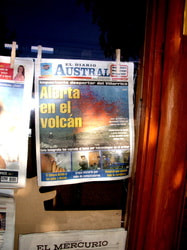

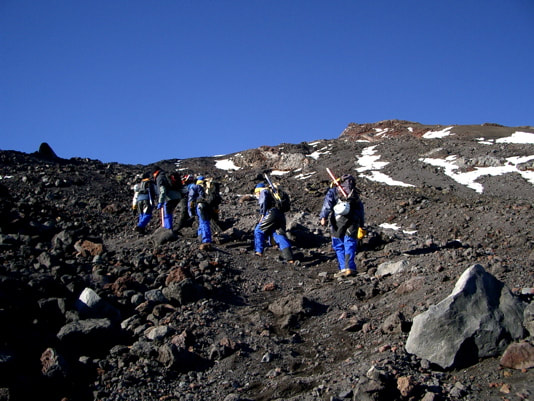
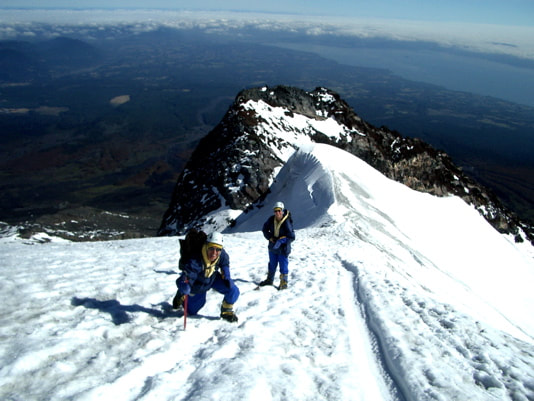
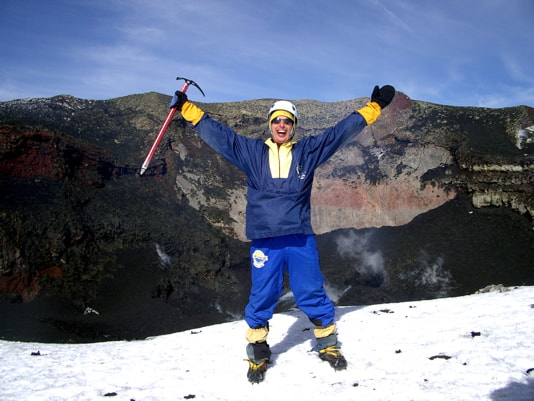

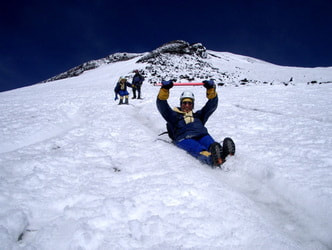

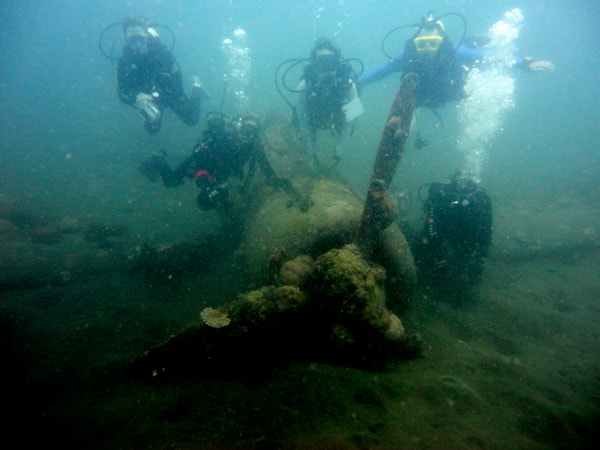
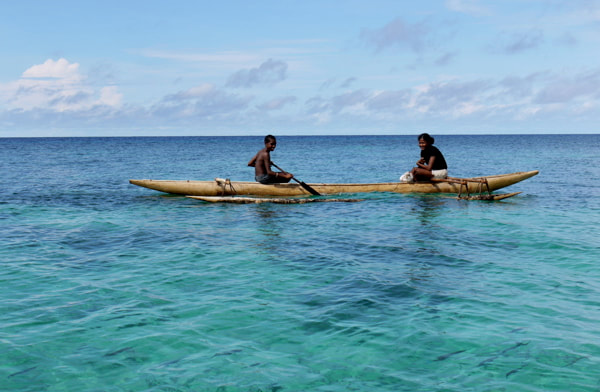
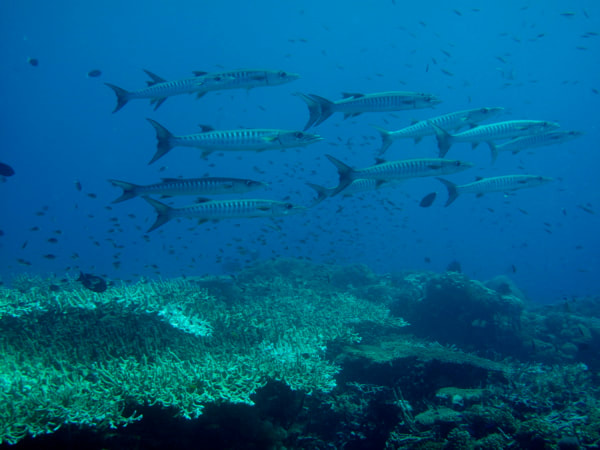
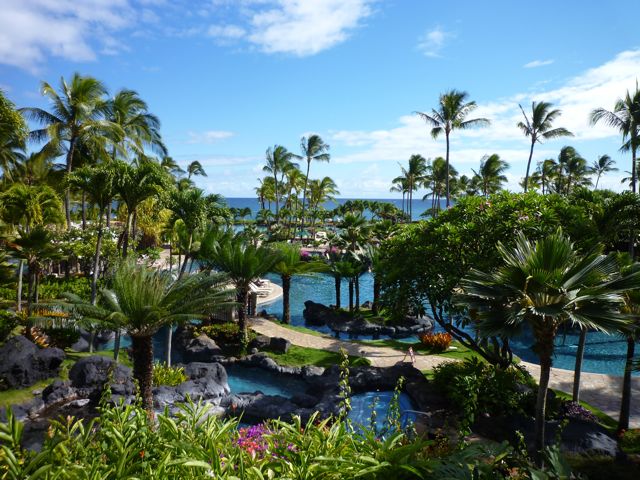
 RSS Feed
RSS Feed

